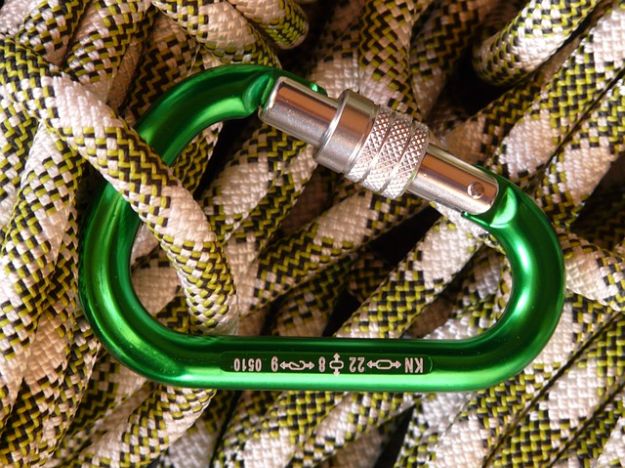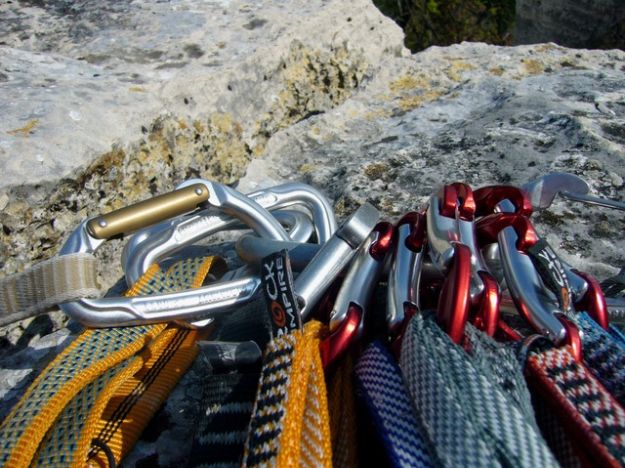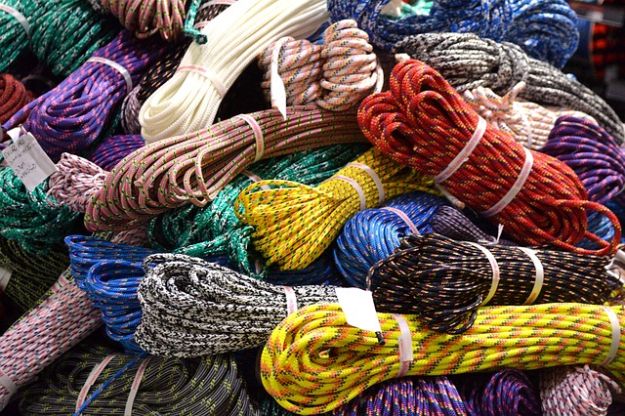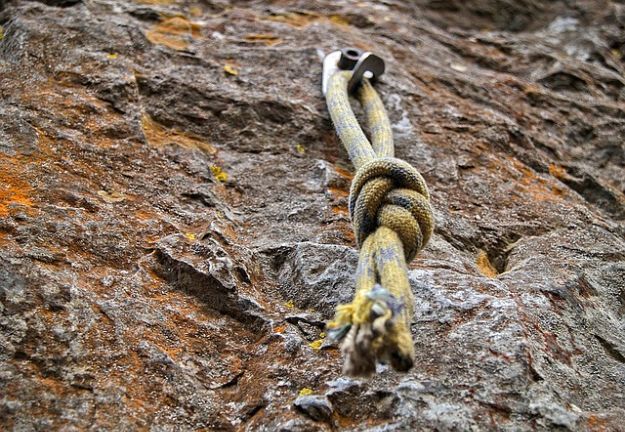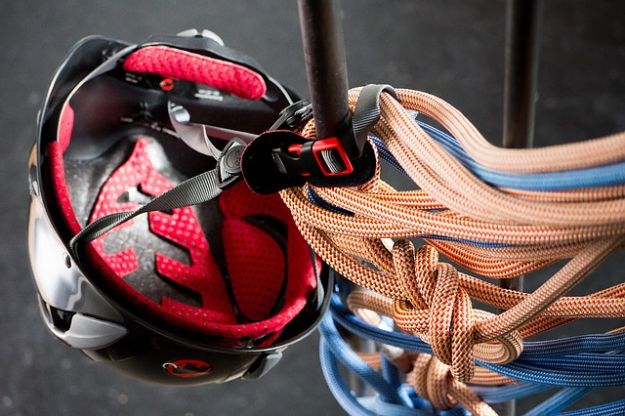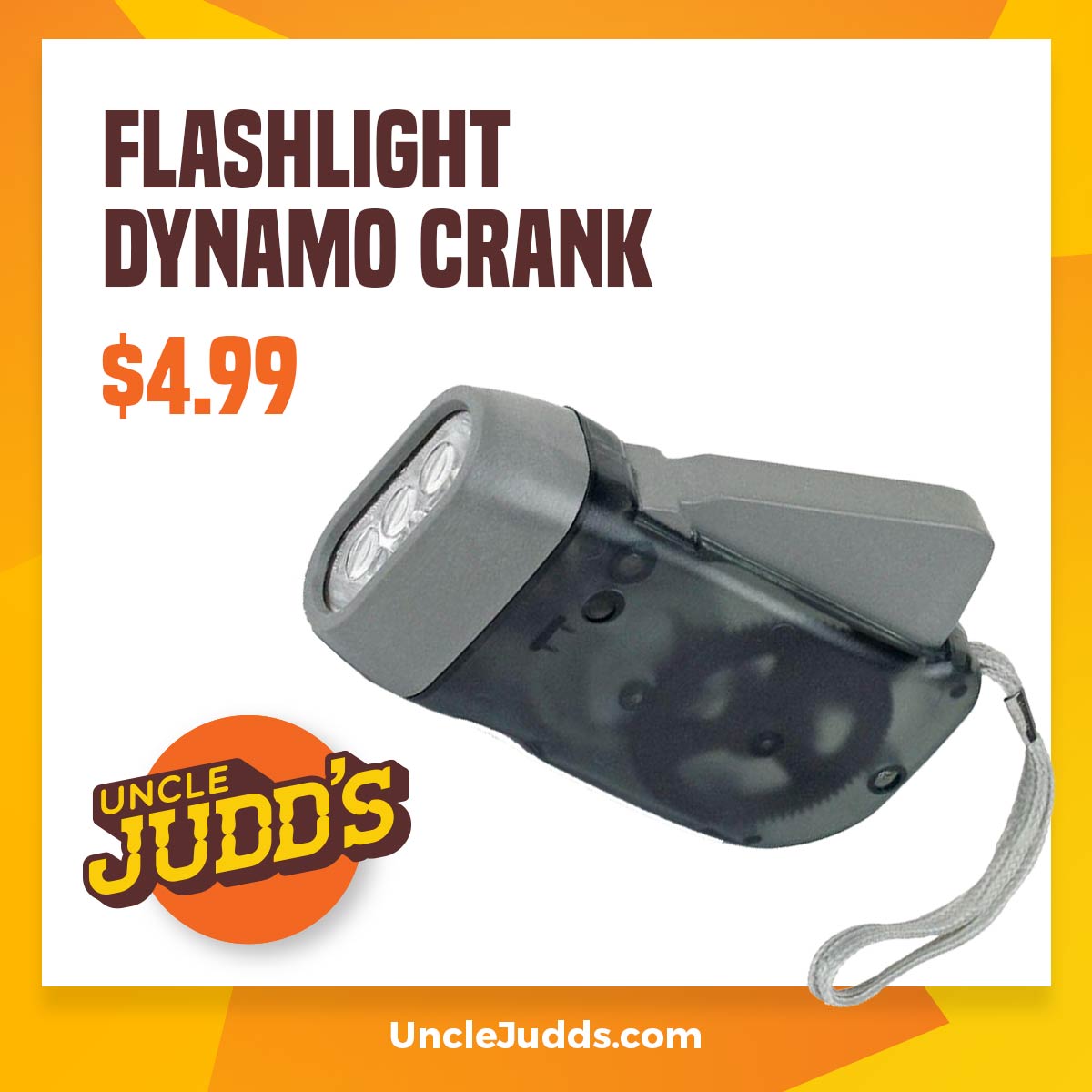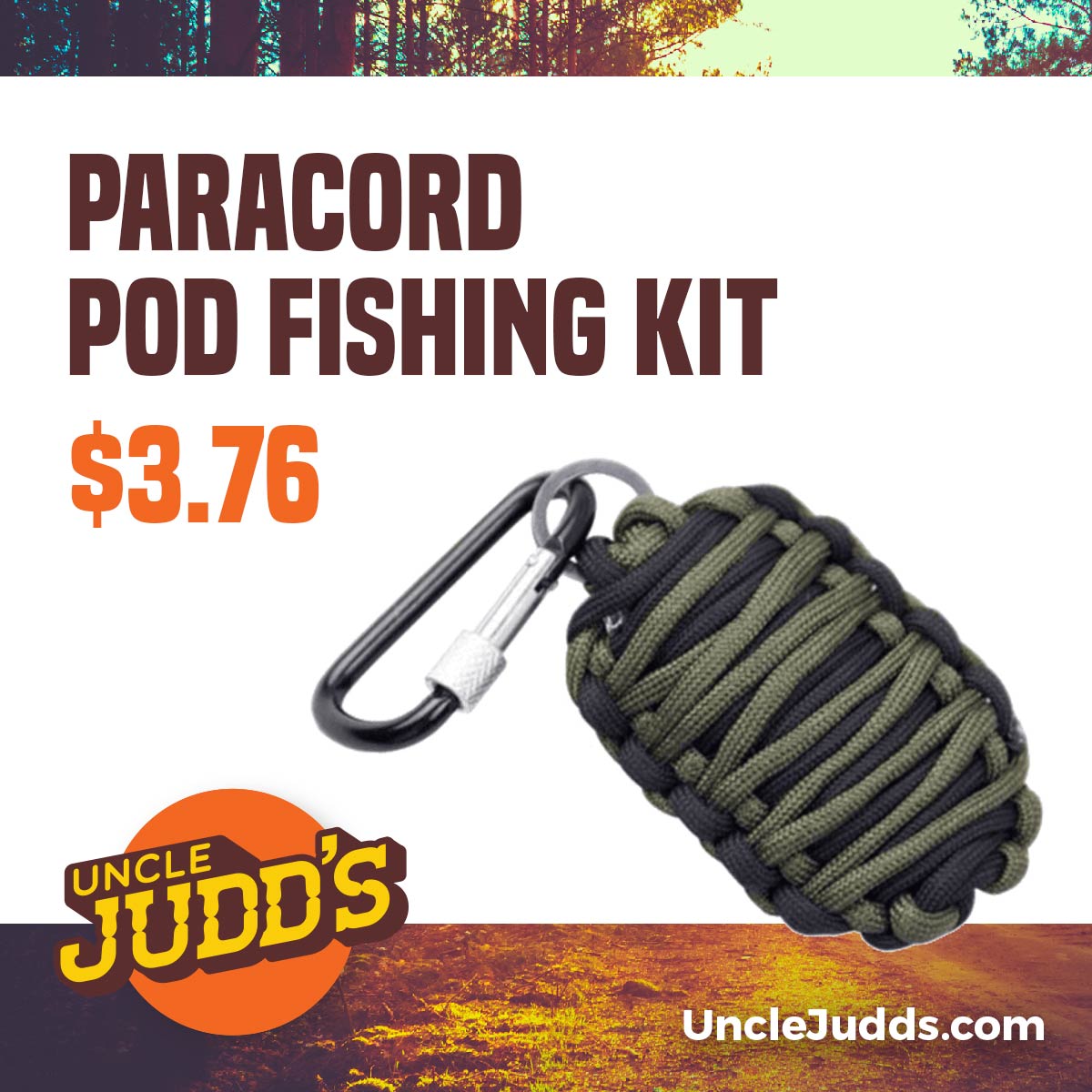Climbing
Buying Climbing Ropes? Here’s What You Need To Consider Before Buying Them
What should you consider when buying climbing ropes? The rope being the climber’s life line is a very important piece of climbing gear.
Published
4 years agoon
By
harvey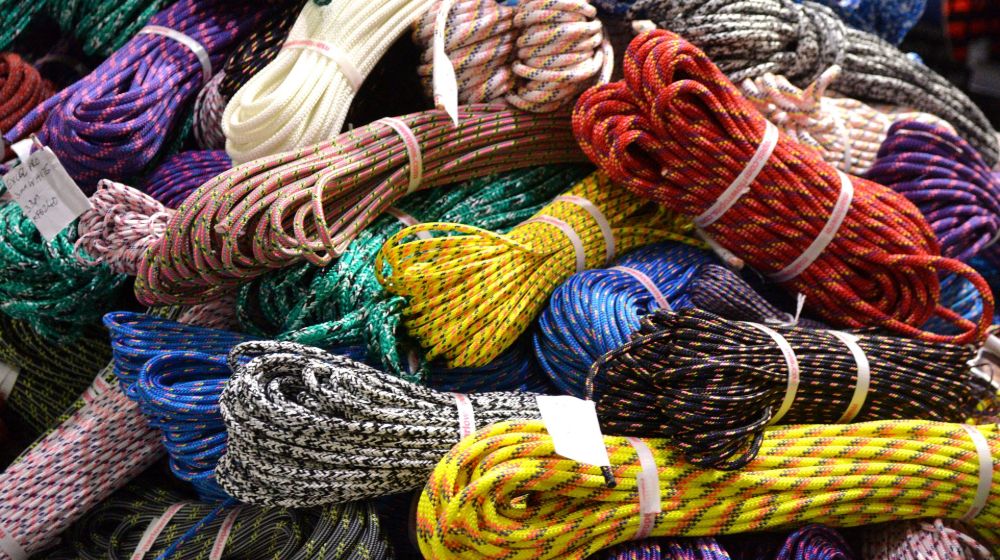
What should you consider when buying climbing ropes? The rope being the climber’s life line is a very important piece of climbing gear. When you’re up there hanging by a tree or when you’re reaching for a foothold on a climbing wall, you have to be confident with the rope that you’re using to allow yourself to focus more in the climb. Safety always comes first so it’s a must to choose a rope that is certified by a trusted climbing gear manufacturer.
Buying Climbing Ropes? Here’s What You Need To Consider Before Buying Them
Climbing ropes are classified into two groups – static and dynamic. When you step inside an outdoor gear store you’ll notice how the ropes appear in all sorts of colors and sizes. You’ll probably pick the best looking rope with your color of choice that looks great on your harness, but not so fast. First, you need to consider what to use the rope for. If you need a rope for sport climbing, look for a dynamic rope. You’ll find that stretch very useful in case of a fall. Static ropes don’t stretch and are specialized for hauling and rigging. These are just some of the things to look into so here’s more to consider when buying your climbing rope.
1. Rope Rating
The most widely used is the single rope that climbers use in indoor wall climbing and sport climbing. Double rope is used in multi-pitch routes while twin rope is suitable for ice climbing and long route.
2. Rope Diameter
Ropes with diameters of 9.8 millimeters are becoming the standard used for most climbers. Thicker ropes are more suitable to handle abrasion on rough surfaces while thin ropes at 7.7 – 8.5 millimeters are best for ice climbing.
3. Length of the Climbing Rope
The ideal rope length used in sport climbing is 70 meters but a lot of expert climbers prefer 80-meter ropes. 60-meter ropes are preferable for short sport climbs while 40 meters will be enough for easy alpine routes and indoors.
4. Rope Treatment
Rope treatment is made to prevent water and dirt from entering the rope. The 3 main categories of treatment type are non-treated, sheath treated, and fully treated. Ropes last longer when they’re treated. Fully treated ropes won’t freeze in cold conditions but obviously it’s he most expensive.
5. UIAA falls factor
Look for the UIAA falls number when purchasing a rope. This can be used to determine a rope’s durability. UIAA is the international governing body for climbing and mountaineering.
Watch this video about how to use a climbing rope by LIVESTRONG.COM.
It’s essential for a climber to know how to choose his own gear. These simple tips will help you understand the ideal rope you’ll be needing for a particular climbing situation. So you don’t just pick your favorite rope color but be more knowledgeable like how a real climber should be.
Click here to know the importance of grips in rock climbing.
Feature Image Via – http://www.outdoorgearlab.com/Climbing-Rope-Reviews
You may like

How To Build A Debris Hut

Ironman Triathlon Podcast: What You Need To Know As An Aspiring Ironman

Awesome Family Camping Tips For Beginners

Hiking Safety Tips: What To Do When You Have Knee Pain On Trail? [PODCAST]

How To Craft Sharp Stone Tools To Survive The Great Outdoors

Mountain Bikers, Why You Don’t Want to Ride Like a Pro!

Hiking Boot Accessories
The Handgun Safety Test For Beginners
These Hunting Shotguns Are The Best Bang For Your Buck
11 Types of Guns That Will Keep You Alive On Doomsday
Best ATV Tires – The Top 6 Lightest Mud Tires
Arizona Hunting Laws and Regulations

The Top 5 Hunting Guns You’ll Ever Need For A Wilderness Walk-out

Hunting And Conservation Discussion | Call Of The Outdoors Podcast [LISTEN]
The Handgun Safety Test For Beginners
These Hunting Shotguns Are The Best Bang For Your Buck
11 Types of Guns That Will Keep You Alive On Doomsday
Best ATV Tires – The Top 6 Lightest Mud Tires
Arizona Hunting Laws and Regulations

The Top 5 Hunting Guns You’ll Ever Need For A Wilderness Walk-out


